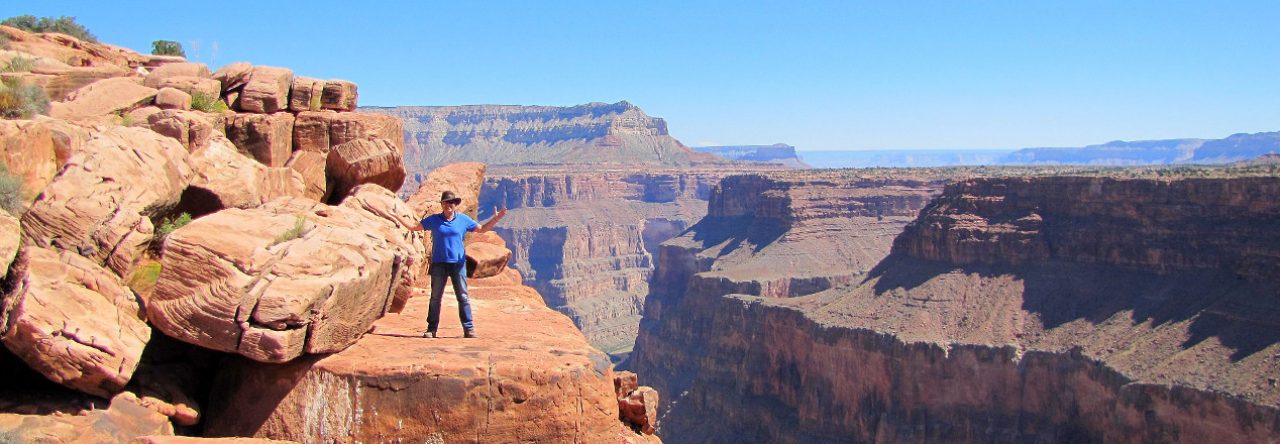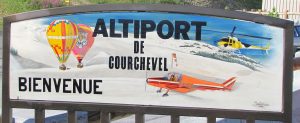
In July, I was able to fulfill the dream of flying in Courchevel. This is truly one of the most extraordinary airports in the world, located in high French Alpes mountains at 6,000 feet altitude. It is one way in and one way out and you need to have both French mountain rating and a special endorsement to fly there yourself. Since both would take more time than I had, I hired a local instructor from AeroSavoie and a Cessna 172.
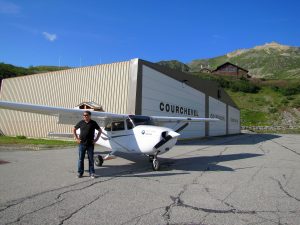
The Courchevel runway is 1,700 long, which doesn’t sound much, but in fact is plenty, because of the vertical profile. When you look from the air, the first 134 m (400 ft) of runway 22 does look flat, in spite of having 12.5% upslope and that is because the following 840 ft has a whooping 18.7% upslope.

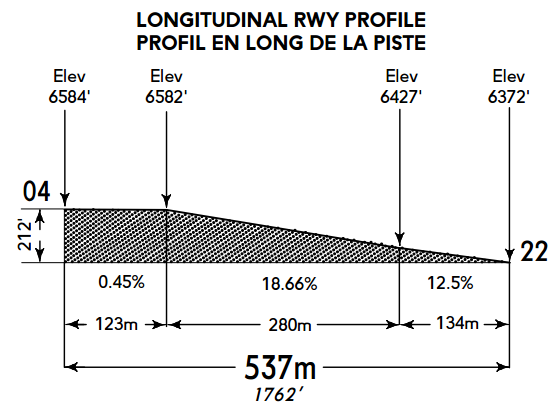
When you line up for the takeoff from runway 04, you only see the first 370 feet, which does look awfully short, like this.
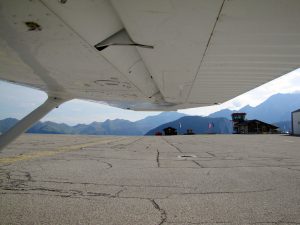
You add full power, check oil and engine gauges, check the wind and release the brakes. The airplane is barely moving when you reach the descent point, but since the runway drops down after that point, you pick up speed really fast and the takeoff becomes a non-event.
For the landing, the goal is touch down in the first “flat” 400 feet of the runway 22. As long as we are in agreement to call 12.5% upslope “flat”. To do that, you have to aim before the threshold and in this case it also means below the threshold. If you don’t touch down in the first part, the following 18.6% upslope will basically slam into you. After the touchdown, you have to increase power to climb upslope.
I did four patterns with a somewhat young and impatient local instructor, who urged me to correct immediately each small speed excursion. Which I did, except using small corrections, such that to avoid overshooting. You know, smooth pilot etc… We did land safely each time, see for yourself.
Next time I am in the Alps, I’ll do the mountain rating and fly to some other fun mountain strips.
